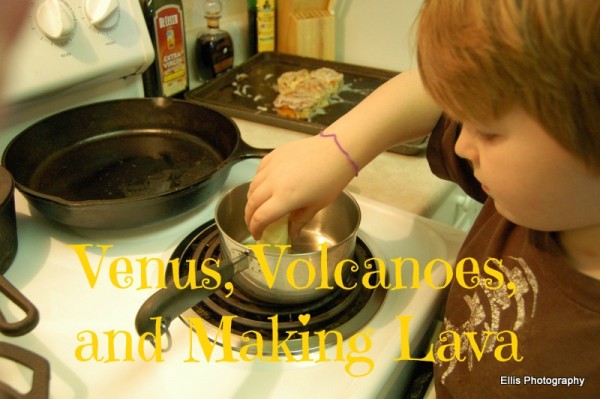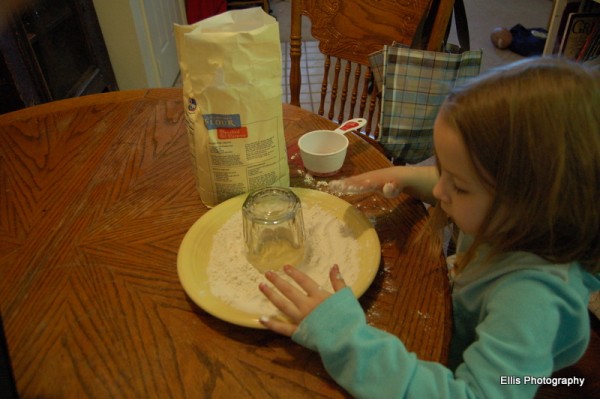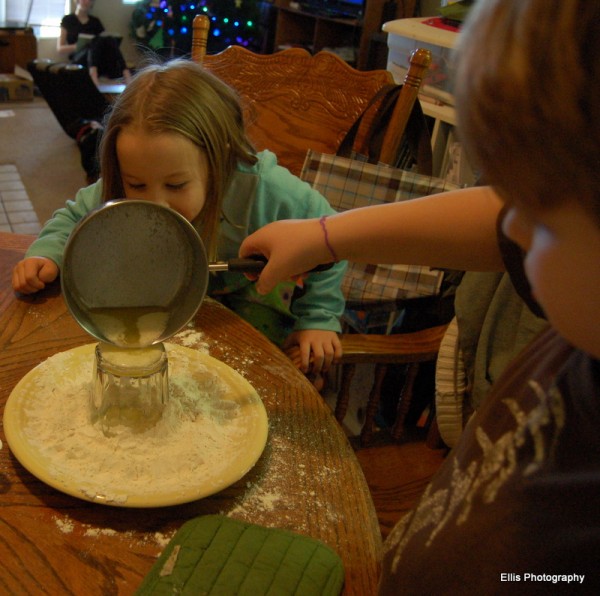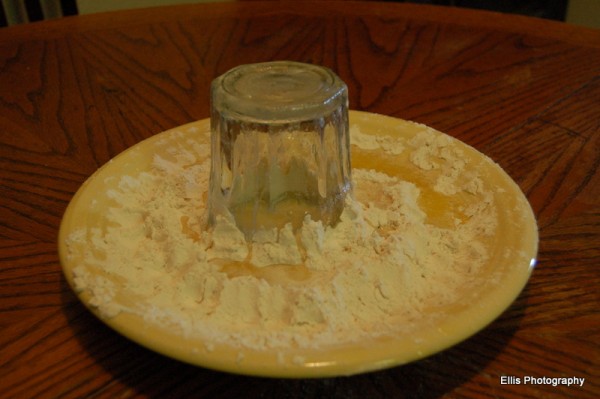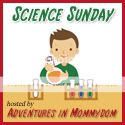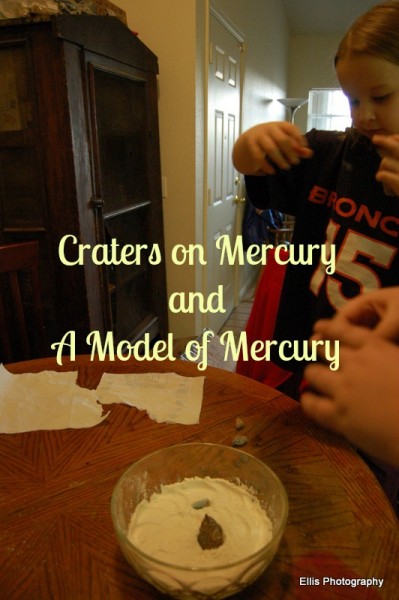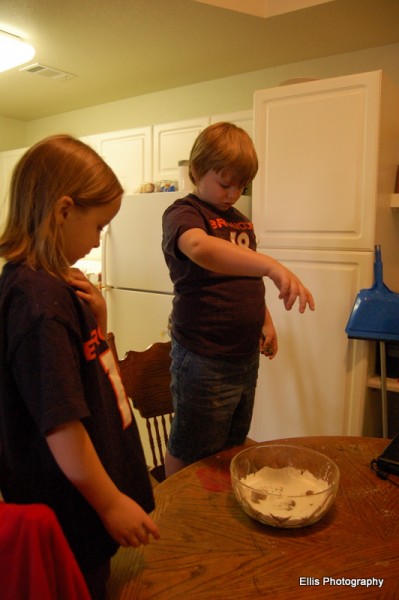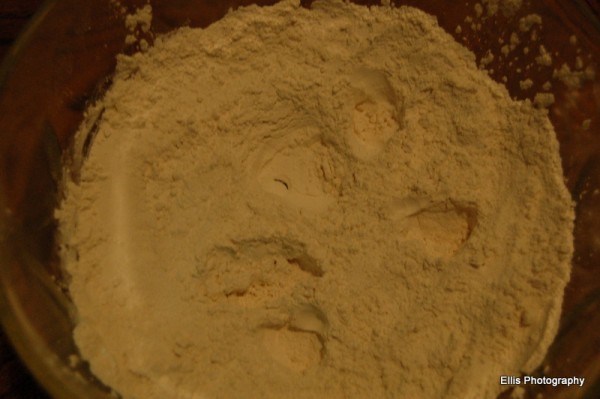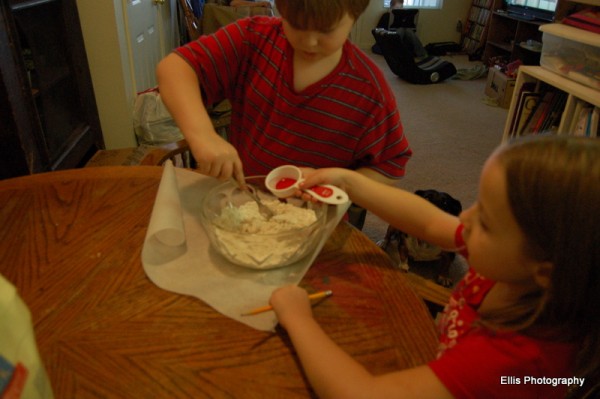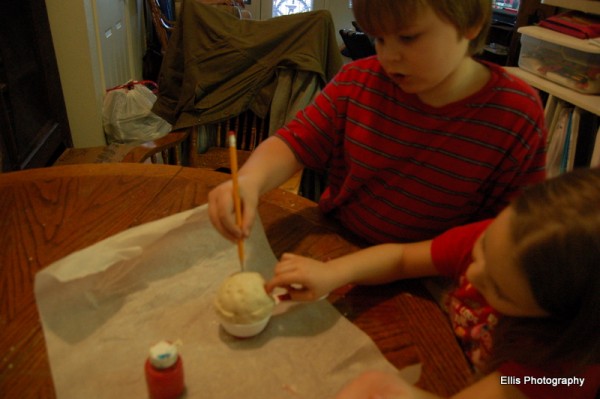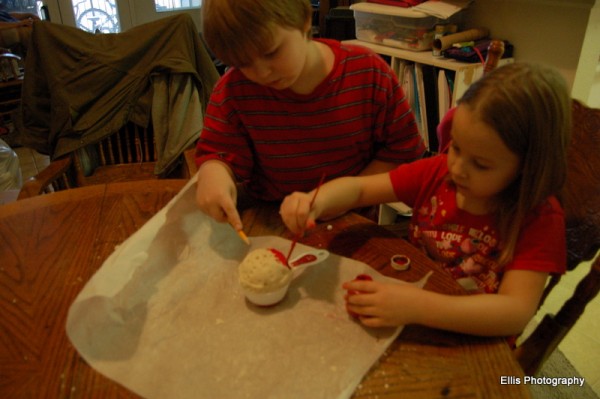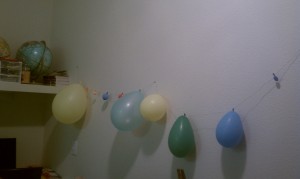You may be wondering what lava has to do with Astronomy. Well, we are studying Venus and we have learned that there are a lot of volcanoes on Venus and lava flows around a lot. Venus stays hot all day and night because it has clouds that cover it, holding the heat in its atmosphere. Can you imagine being on a planet that is 870 degrees all the time?
We started off melting butter (lava) on low heat in a small pot. While Samuel was melting the lava, Claire was busy making a little volcano by using a glass cup, a plate and some flour.
Once Claire was finished with the volcano, Samuel then had the job of pouring the lava over the volcano. The point of this little project was to see how the lava can flow down the volcano.
Once we observed the lava flowing over the volcano, we then had to wait for it to harden. We had read in the book that lava will harden into rock and form land once it cools off and dry.
After a few hours, the lava had harden the land that it had flowed on. I loved how this lesson was able to show the different elements of lava from when it starts to flow, to when it is finished flowing and hardens.
What have you been learning in science? Any fun projects this week?
Linking up with:
